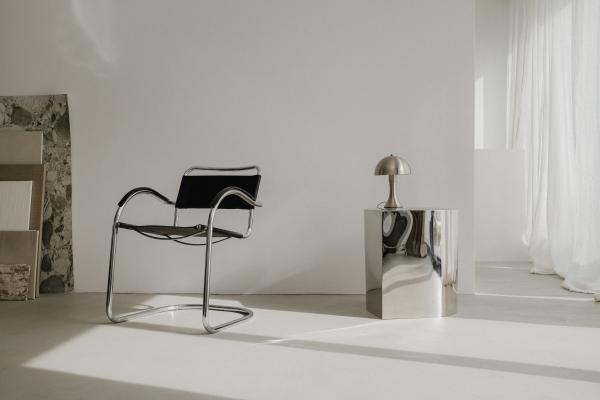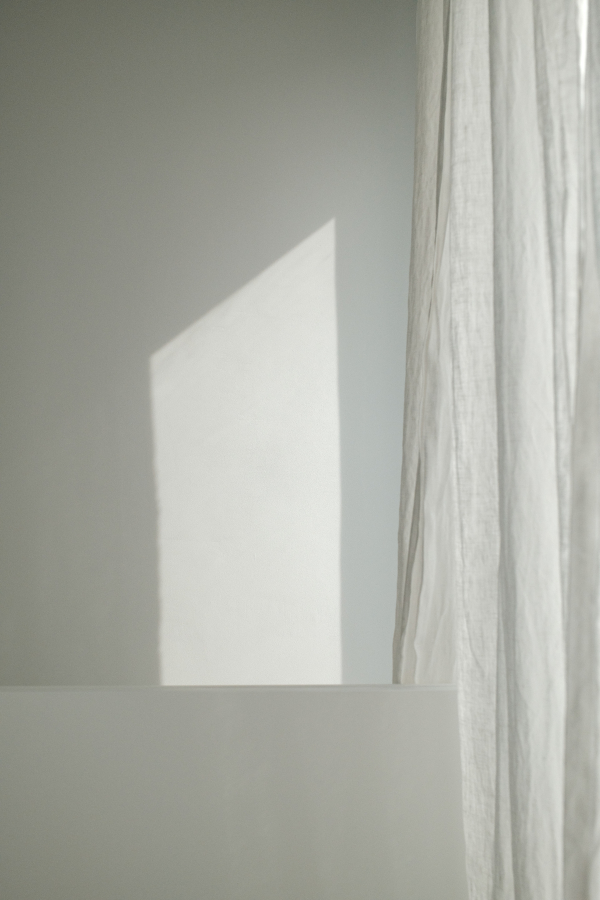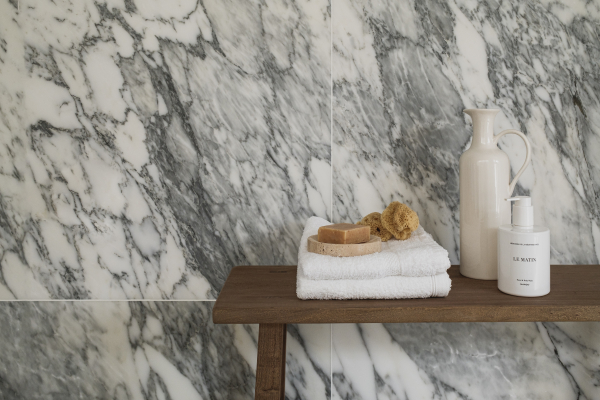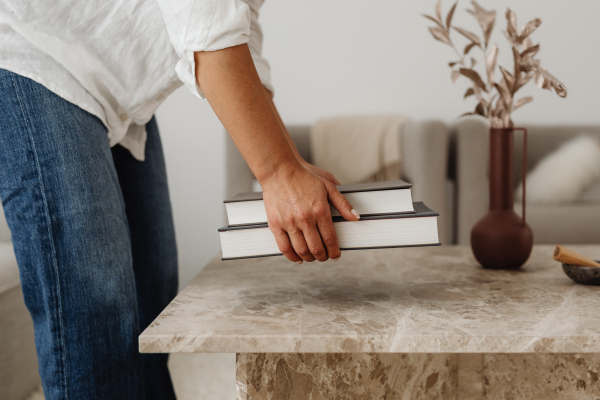In the realm of interior design, the concept of emotional design is the bridge between mere aesthetics and creating a home that resonates with the soul. It’s about crafting spaces that not only look beautiful but also feel deeply personal and evoke a sense of well-being. This approach to design considers the psychological and emotional responses of the inhabitants, aiming to create an environment that uplifts, comforts, and inspires.
Read more: The Heart of Home: Emotional Design in Interior Spaces
Understanding Emotional Design
Emotional design is rooted in the idea that our surroundings have a profound impact on our mood and mental state. It’s the art of using color, texture, lighting, and layout to conjure specific feelings and emotions. For instance, warm hues can evoke a sense of coziness, while natural light can lift spirits and increase vitality.

Emotional Design to Small Living Spaces
Incorporating emotional design into small living spaces can be particularly transformative. Limited square footage doesn’t have to mean limited joy or functionality. By understanding the principles of emotional design, you can turn a compact area into a sanctuary that feels spacious and serene. Here’s how you can make the most of small living spaces.
Living in small spaces can evoke various emotions and feelings. Here are some possibilities:
- Calmness and Coziness: Small spaces can feel intimate and comforting, providing a sense of security and warmth.
- Clutter-Induced Stress: Physical clutter in small spaces can lead to stress and anxiety. Decluttering can alleviate this by creating a more organized environment.
- Efficiency and Focus: Limited space encourages efficiency and focus. It forces you to prioritize what truly matters.
- Loneliness or Connection: Living alone in a small space might evoke feelings of confinement or loneliness. On the other hand, shared small spaces can foster close connections with others.
- Creativity and Adaptability: Small spaces often require creative solutions for storage and functionality. This can lead to a sense of accomplishment and adaptability.

Personalizing Your Space
The true essence of emotional design lies in personalization. It’s about reflecting the individual’s personality, experiences, and aspirations within their living space. Personal touches, such as family heirlooms, art collections, or even a custom scent, can turn a house into a home. Discover ways to personalize your space and infuse it with your unique story.
- Comfort and Belonging: When we add personal touches like photos, artwork, or sentimental objects, we create a sense of belonging and comfort. These familiar items evoke positive emotions and memories.
- Expression of Identity: Personalization allows us to express our identity and individuality. Whether through color choices, furniture, or decor, our space reflects who we are, which can boost self-esteem and satisfaction.
- Positive Associations: Objects associated with positive experiences (such as a cozy blanket or a favorite mug) can evoke feelings of happiness and relaxation when placed in our personal space.
- Stress Reduction: A personalized space can reduce stress. For example, plants or soothing colors can promote relaxation, while clutter-free zones enhance mental clarity.
- Nostalgia and Sentimentality: Personalized spaces often hold sentimental value. Nostalgic items evoke emotions related to the past, fostering a sense of continuity and connection.

Emotional Design in Action
- Color Psychology: Choose colors that align with the emotions you wish to evoke. Soft blues and greens for tranquility, or vibrant yellows for energy and creativity.
- Texture and Materials: Incorporate a variety of textures to stimulate the senses. Natural materials like wood and stone can ground us, while soft fabrics can comfort.
- Functional Aesthetics: Design with purpose. Every piece of furniture and decor should serve a function, whether it’s to comfort, organize, or inspire.
- Lighting: Use lighting to create ambiance. Soft, warm lights for relaxation, and bright, natural lights for concentration and energy.
- Layout: Plan your space to encourage positive flow and interaction. Open layouts can foster a sense of freedom, while cozy nooks can offer retreat.
Emotional design is not just about creating a visually pleasing space; it’s about shaping an environment that aligns with our emotional needs and enhances our daily lives. As we blend the principles of emotional design with the challenges of small living spaces and the desire for personalization, we create homes that are not only functional and beautiful but also deeply resonant with who we are.
